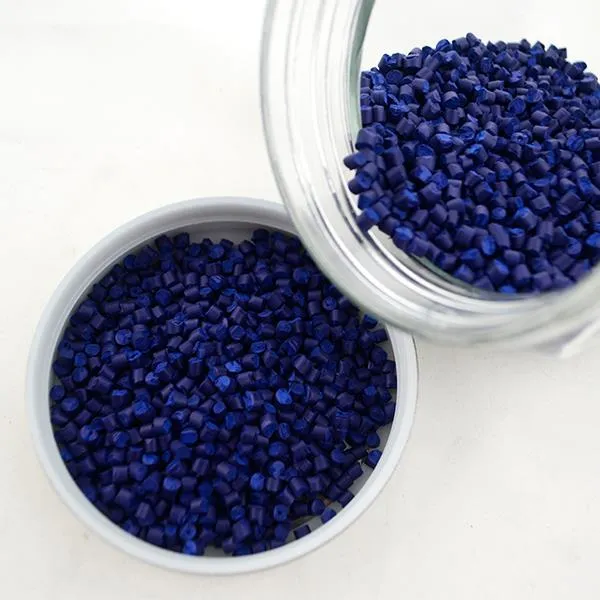A masterbatch is a solid or liquid additive for plastic used for coloring plastics (color masterbatch) or imparting other properties to plastics (additive masterbatch). Masterbatch is a concentrated mixture of pigments and/or additives encapsulated during a heat process into a carrier resin, which is then cooled and cut into a granular shape. It allows the processor to color raw polymer economically during the plastics manufacturing process.
Masterbatch is super important for making plastics. Here’s why:
- It helps mix colors better: Just like when you mix different paint colors to get the exact shade you want, masterbatch does the same for plastics.
- It makes processing easier: Kind of like how a blender helps you mix ingredients for a smoothie, masterbatch helps to mix and process plastics smoothly.
- It’s cost-effective: Using masterbatch is like buying in bulk – it’s cheaper! This means companies can make more plastic items without spending a lot of money.
- It gives color control: With masterbatch, companies can easily adjust the color of their plastics, just like adjusting the color of your art project until it’s perfect.
- It provides consistency: Just like how you’d want all cupcakes you bake to look and taste the same, companies want their plastic products to be the same too. Masterbatch helps them achieve this.

Type of masterbatches
- Color Masterbatches: These are like food coloring for plastics. They add color to the plastic, making it look more appealing.
- Additive Masterbatches: These are like the special sauces or spices you add to your food. They give the plastic some special properties. For example, they can make the plastic stronger or more resistant to heat or sunlight.
- White Masterbatches: These are like the mozzarella cheese on your pizza – they make the plastic white. This is important for certain products that need to be pure white.
- Black Masterbatches: These are the opposite of white masterbatches. They’re like black olives on your pizza – they make the plastic black. This is also important for certain products that need to be black.
Applications of Masterbatch
Masterbatches find extensive use across numerous industries due to their versatility and the diverse properties they can impart to plastic materials. Key applications include:
- Packaging:. Used in the packaging industry to give plastic packaging vibrant colors and different functional properties like UV stabilization and anti-static properties.
- Automotive:. Used to enhance the appearance, strength, and performance of plastic components.
- Consumer Goods:. Used in consumer goods to provide products with desirable aesthetics and improved functionality.
- Agriculture:. Used in the production of films for greenhouses, mulch, and tunnels.
Conclusion
Masterbatches are like secret recipes that make plastics better. They can improve how plastic looks, feels, or works, and they help make sure every piece of plastic is the same. They’re used in a lot of different industries where people need good quality plastic.
Think about it like adding sprinkles to ice cream. Just like sprinkles can make ice cream more colorful and fun, masterbatch can add colors or other qualities to plastic. They can also help business save money, because using masterbatches can be cheaper than other methods.
And as people want better and more useful plastic items, Also they are becoming more important. They help business make products that look good, work well, and satisfy their customers’ needs. So, understanding masterbatch can help business make better products.
